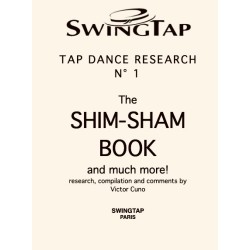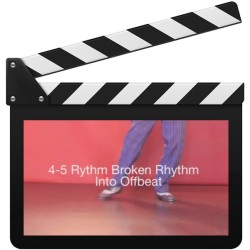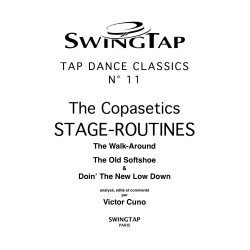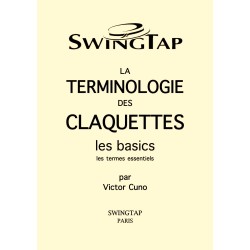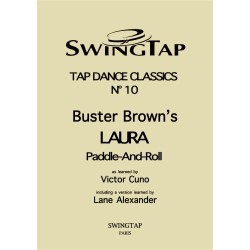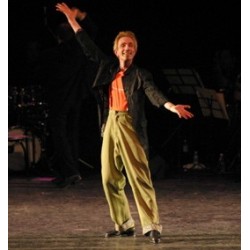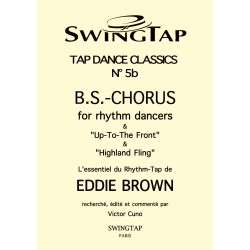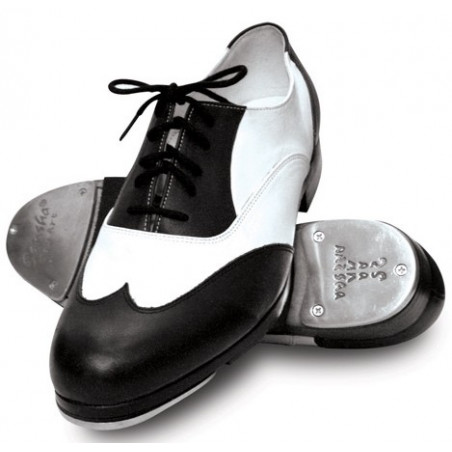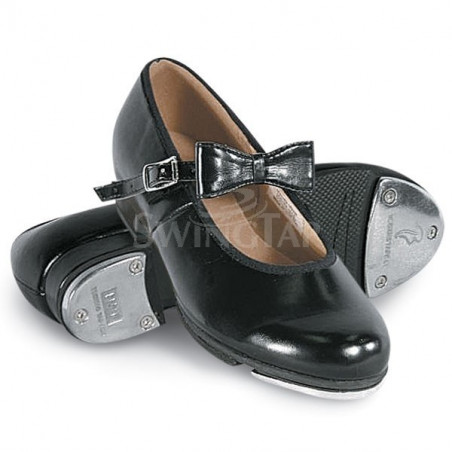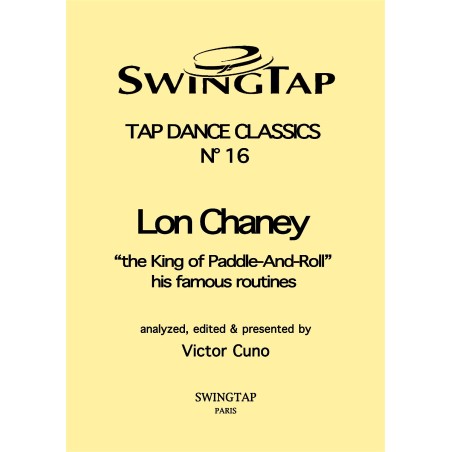

Tap Dance Classics N°16 - the King of Paddle-And-Roll - ses célèbres numéros. Livret chorégraphique. Analyse détaillée des Pas (Victor Cuno, 50 pages). Version ANGLAISE disponible en TELECHARGEMENT PDF
- Exclusivité web !


contents:
technique p.3
"Perdido" p.7
from "Cotton Club Gala" (Dutch TV, 1977)
VC-Collection DVD
"Cherokee" p.23
from "Cotton Club Gala" (dutch TV, 1977)
VC-Collection DVD
"Cherokee" p.34
from "La Cave" (May 19,1994) YouTube Clip
PC DVD "YouTube Winter 2010"
parts from "Cherokee" p.42
"The Giants Of Jazz" (unidentified German TV Program)
CV-Collection DVD "CLIPS GTV 1"
"Ho-Finale" p.49
from a German TV-Show
VC-Collection DVD "Clips - GTV 1"
a capella - tempo: 180
Lon Chaney
Né Isaiah Chaneyfield in South Carolina on January 27, 1927, Lon Chaney began to dance after the family had moved to New York. After a boxing career he started to perform in the 1960's and danced in the 70's with the Original Hoofers, a group of tappers that at one time or another included Chuck Green, Jimmy Slyde, Ralph Brown, Baby Laurence and Raymond Kaalund. He toured as well with The Giants Of Jazz before appearing in both the Paris and Broadway productions of "Black and Blue". Living in the Bronx, he danced on television and in theaters and jazz clubs throughout New York. Severly injured in a car accident in December 1994, he died at the end of the following month at Bronx Municipal Hospital Center.
Lon Chaney’s dancing specialty was the Paddle-And-Roll, a fast staccato-like tap style, executed to stoptime or a cappella. His stage performance was built on two exhibition routines: “Perdido” and “Cherokee”.
“Perdido” is a medium-tempo jazz-standard. The routine starts with a rhythm-tap chorus before taking to the Paddle-And-Roll - performed throughout in double-time - while the orchestra plays stoptime. At the end of the routine the orchestra comes back in for the last 8 bars, playing fully in single-time for a rousing finish.
“Cherokee” is a fast vaudeville-type song. The orchestra plays only for the entrance and the finale. After the first 16 bars, paddling and rolling along with the music, Lon would explain his style before executing the whole routine a cappella - no music at all.



